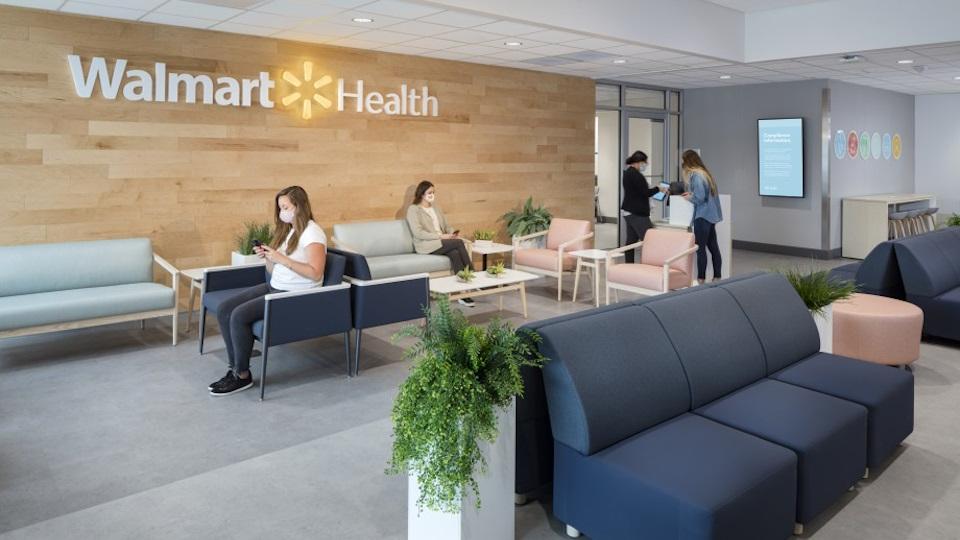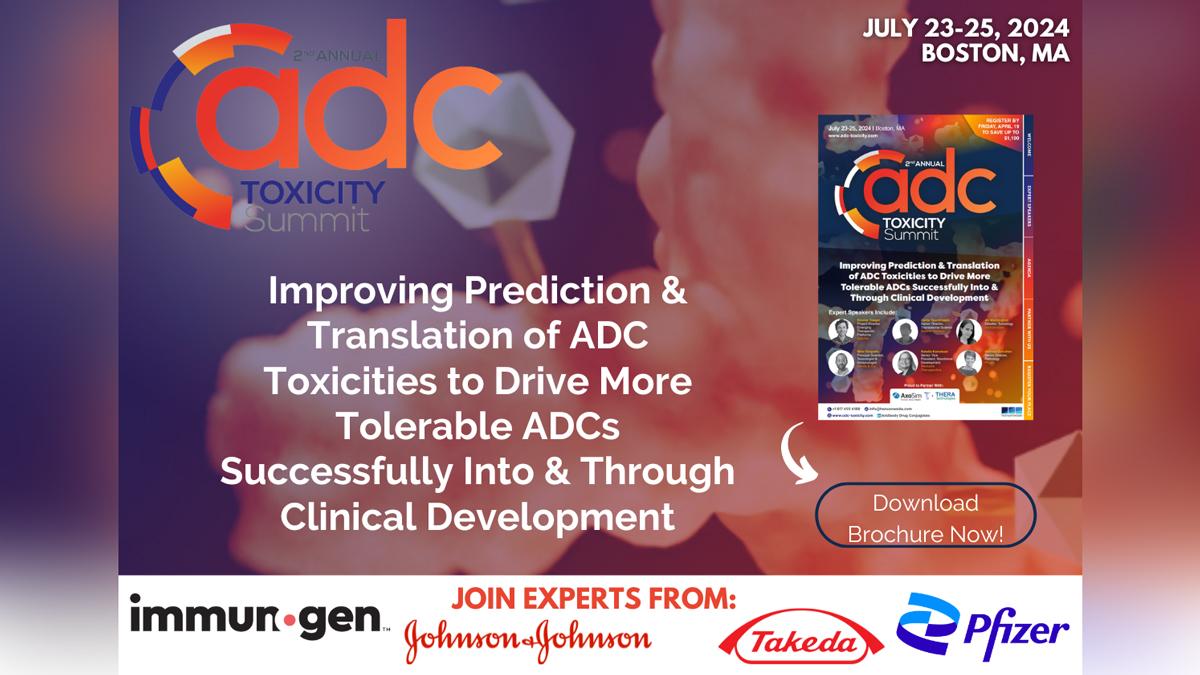Charting a new course: bold new approaches needed to boost R&D ROI

Scott Vogelsberg
Datatrial
Any perusal of pharma-related resources is certain to reveal a flurry of articles and posts centered on a central question: “What is wrong with pharma R&,D?” As the patent cliff approaches, pipelines dry up and development costs skyrocket, return on investment is shrinking fast. According to an IMS Health estimate, pharma companies are slated to lose nearly $140 billion from 2010–13, due to patent expiration and generic competition.
While falling approval rates and soaring R&,D expenditures would appear to be a recipe for disaster, there are a host of ideas of how to resolve the issues related to R&,D ROI. Some propose a paradigm shift from focusing on technology to focusing on needs, others opine that pay-for-delay agreements (paying generic drug makers not to enter the market) could buy time for R&,D innovation to kick in, still others wonder whether co-branding efforts between industry and commerce could be in the offing.
There are as many ideas for how to fix R&,D ROI as there are factors involved in causing pharma R&,D’s maladies. Taking a look at some of the variables in play on both sides of the equation could provide the context needed to start pinpointing a resolution.
Mergers &, acquisitions, poor relationships with biotech impact R&,D quality, direction
The plummeting rates of return and the approaching patent cliff mentioned above are among the factors that have contributed to an elevated pace of layoffs in the Big Pharma ranks. With niche organizations and small biotech firms stepping into the breach, there is a growing concern that the pharma industry is experiencing a “brain drain”—the loss of experienced, specialized resources that could aid drug development efforts.
"...pharma companies are slated to lose nearly $140 billion from 2010–13..."
There is little question that the short-term outlook that often fuels consolidation can severely hinder R&,D efforts. Not only can the logistics involved in M&,A significantly slow down the R&,D process, but many observers feel that having fewer major companies can drive down the competition that can spur the innovation needed to power research and development. Others posit that the redirection of funds to outsourcing and the elimination of in-house resources has hamstrung the pursuit of game-changing innovation—especially in the area of rare disease.
As noted in a previous pharmaphorum article, too often, relationships between Big Pharma and biotech have been one-sided, with the latter incurring a disproportionate amount of the risk involved. Option-based deals could help spread the risk more equitably between the two parties, which would offer biotech firms more confidence to pursue promising compounds.
Lack of innovation leading to me-too drugs and ignorance of rare disease
According to Stanford neurobiology chair and professor Ben A. Barres, in an interview with David Bornstein of the New York Times, “developing a drug is a hundred times harder than getting a Nobel Prize.” The challenges inherent in taking knowledge and transforming it into cures has dogged scientists and researchers for generations.
As a result, there needs to be a re-acceptance of the maxim that failure can lead to discoveries. Re-examining what failure means in clinical research is necessary, since the current definition leads to me-too research and an increasing leeriness of taking risks and delving into rare-disease areas. Indeed, pipeline development is most deficient in perhaps the most important public health area – namely, infections and CNS disorders.
"...developing a drug is a hundred times harder than getting a Nobel Prize."
So... what are the best ways forward?
Depending on who you talk to, there are myriad solutions to the problems that have beset pharma R&,D. Some feel that a larger role of government in the industry is inevitable, others feel that foreign investment and partnerships – especially in emerging markets – is essential, and still more think a stronger and more innovative breed of CRO will step into the breach.
The reality is that there is no single answer to resolving R&,D struggles. However, a handful of approaches have emerged with perhaps the most potential for becoming viable tactics in the future:
• “nichebusters”
• greater pharma-academia collaboration
• option-based deals
• value-based pricing and pay-for-prescription models
• a decrease in emphasis on R&,D
Nichebusters refer to drugs that are targeted to specific subgroups, yet have the potential to pay off nicely for developers. Pursuit of such medicines is part of a larger emphasis on personalized, targeted medicine, as a result of the recognition that unique genetic differences dictate a new acceptance that “one-size-fits-all” therapies are largely a pipe dream.
"...the pharma patent cliff isn’t going to get any farther away..."
While the sharing of science and data runs counter to the guarded traditions of the pharmaceutical industry, an increase in pharma-academia collaboration could benefit R&,D efforts in a number of ways. Better knowledge sharing created by alliances and centers for excellence could lead to heading destined-for-failure therapies off at the pass, which would pave clearer paths to clinic. A reduction in the focus on the competition to be published could lead to a re-dedication to the science and innovation. Translational research is an example of science that is not great for advancing a researcher’s career – but is potentially life-saving for the patient.
The personalized-patient approach – not to mention needed price regulation – could get a significant boost from option-based deals, value-based pricing and pay-per-prescription models. These approaches not only aid the patient in addressing economic concerns, but also help forge the collaboration necessary to pursue promising compounds.
Some heavy-hitting names – most notably, consultant Bernard Munos – have gone in the other direction: advocating less of an investment and a decrease in emphasis on R&,D. In interviews with Fortune’s Matthew Herper, Munos opined that pharma should outsource research to more nimble firms and focus on breakthrough therapies that could help the most possible patients. In this view, R&,D expenditures could be curbed and approval rates improved by targeting promising therapies in phase II and phase III, then shifting the focus to manfacturing.
In the short term, the pharma patent cliff isn’t going to get any farther away, costs aren’t going to come down appreciably, the pursuit of generics won’t slow down, approval rates won’t trend up significantly and R&,D ROI won’t substantially improve. So the deluge of R&,D-related stories is not likely to subside at any point soon.
However, the good news is that the innovation and flexibility needed to uncover previously unexplored avenues to better R&,D returns is within the industry’s reach. How quickly companies are willing to start down these paths will be the next trend to watch in pharma R&,D.
About the author:
Scott Vogelsberg is communications manager at Datatrial, an oncology-focused boutique data management company, as well as managing editor of the DataBridge blog. Any views expressed are his own.
Scott can be reached by e-mail at scott.vogelsberg@datatrial.com or on Twitter (@Datatrial).
What steps need to be taken to improve R&,D ROI?











